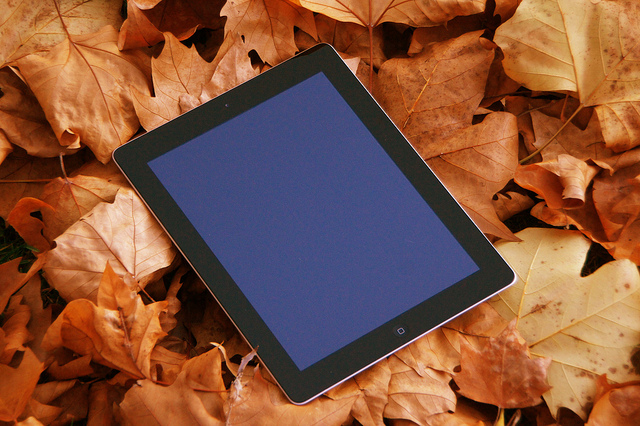Like this article? rabble is reader-supported journalism. Chip in to keep stories like these coming.
What can we learn from the sad fate of the Toronto Star’s Star Touch tablet fiasco and its imminent demise? I say demise because, despite what Torstar management said last week, you can start tossing your bets into the Star Touch death pool hat any time now.
But, to revisit the events of the last seven days: Torstar announced that 52 staff members would be laid off, most from the newsroom and the tablet edition team. The Star claimed the staff reduction was due to anemic ad revenue and “slower-than-expected” tablet growth. But, despite that, in a memo to staff, the Star’s publisher, David Holland wrote:
“I want to re-affirm our continued commitment to Star Touch as an integral part of the Star’s multi-platform future. … As we move past the initial launch year for Star Touch, we are embarking on the next phase of refinements to the offering and the related internal resources that publish Star Touch each day.”
Those statements have generally been met with the same kind of incredulity usually reserved for a Donald Trump rally speech. In other words, as delusional horseshit.
Staff from the tablet team had already been sacked in January, now this. That’s not exactly what you would expect from a company that has re-affirmed its continued commitment. Or, if it is, it’s new business jargon for clean out your desk.
“Well, Nancy, you’ve been doing a great job and we’re re-affirming our continued commitment to you. Please return you cellphone and key fob by the end of the day.”
Last year about this time, I wrote about the Star Touch iPad app. The Star, aping an early application by La Presse, spent a couple of years and nearly $33 million developing the rich media product.
Back then I found it confusing, slow and focused more on advertisers than readers. It appears I wasn’t alone in my lukewarm reaction to Star Touch. According to The Globe and Mail, only 60,000 readers use the app per week. If my math’s right, that’s about $550 per subscriber. Or, enough money to buy each and every reader an iPad Mini with money left over for a decent set of headphones. In MBA school the technical term for that kind of cost of acquisition is: “Are you shitting me?”
The Star’s timing for the launch was unfortunate. It hit just as tablet sales were tanking due to the onslaught of big smartphones. Those devices are preferred by a younger, more social audience, which is exactly the audience online content creators covet.
But a bigger problem is one David Topping pointed out in a Medium essay he wrote late last week. Topping argues that Torstar made a major error by honing its tablet project until they deemed it perfect before launching it publicly. Better, he argues, that they shipped what agile developers call a “minimally viable product” and then used the wisdom of crowds to understand what users want, and how.
I agree. Torstar treated Star Touch the way newspapers have traditionally handled scoops and investigative features. They kept their cards close to their vests for an online product that would have benefited greatly from a little user testing.
Now, after $33 million, Star Touch will fade into obscurity. Not if you believe what Torstar management says. But then they appear to be seriously out of Touch.
Listen to an audio version of this column, read by the author.
Photo: Martin Abegglen/flickr
Wayne MacPhail has been a print and online journalist for 25 years, and is a long-time writer for rabble.ca on technology and the Internet.
Like this article? rabble is reader-supported journalism. Chip in to keep stories like these coming.



